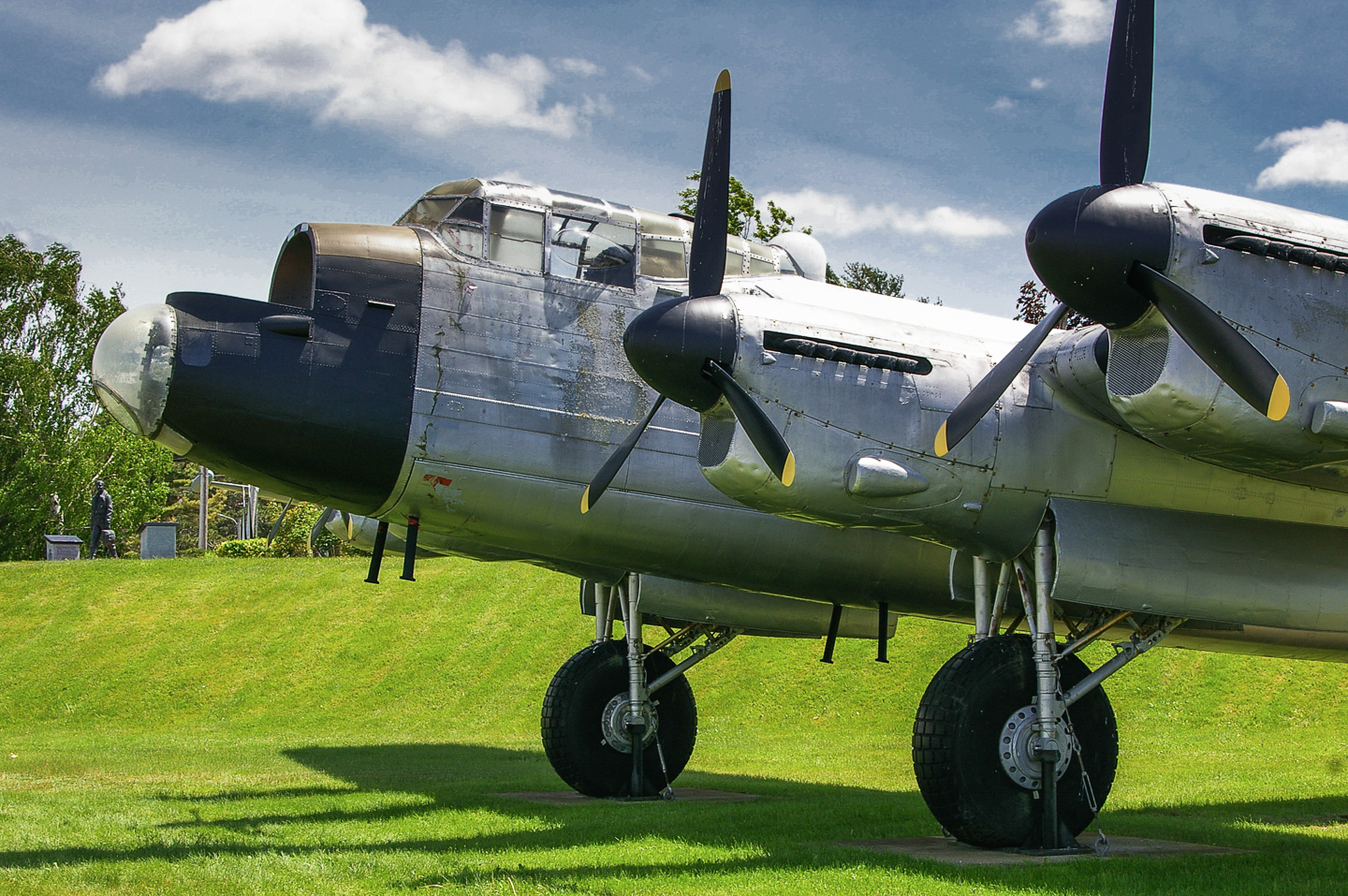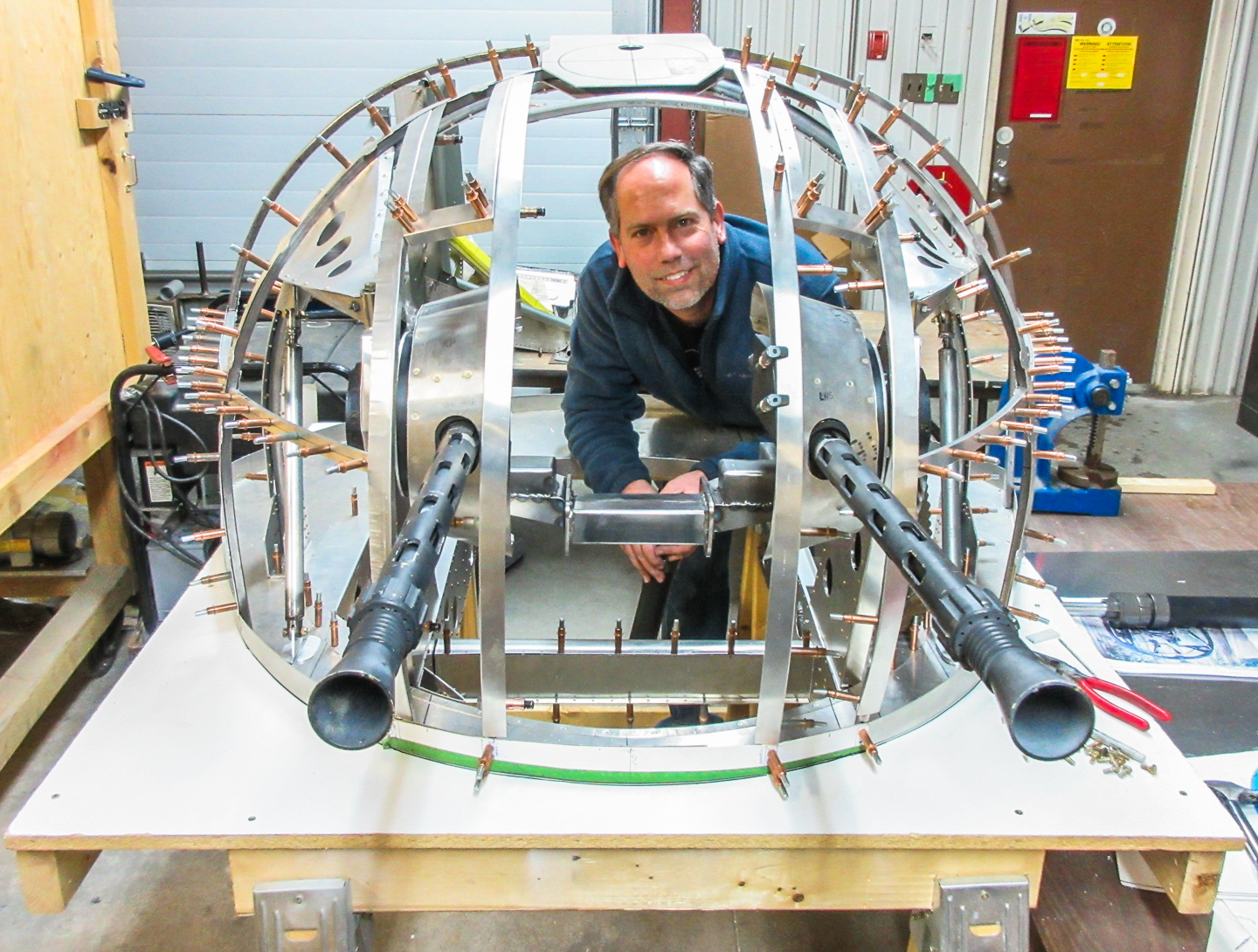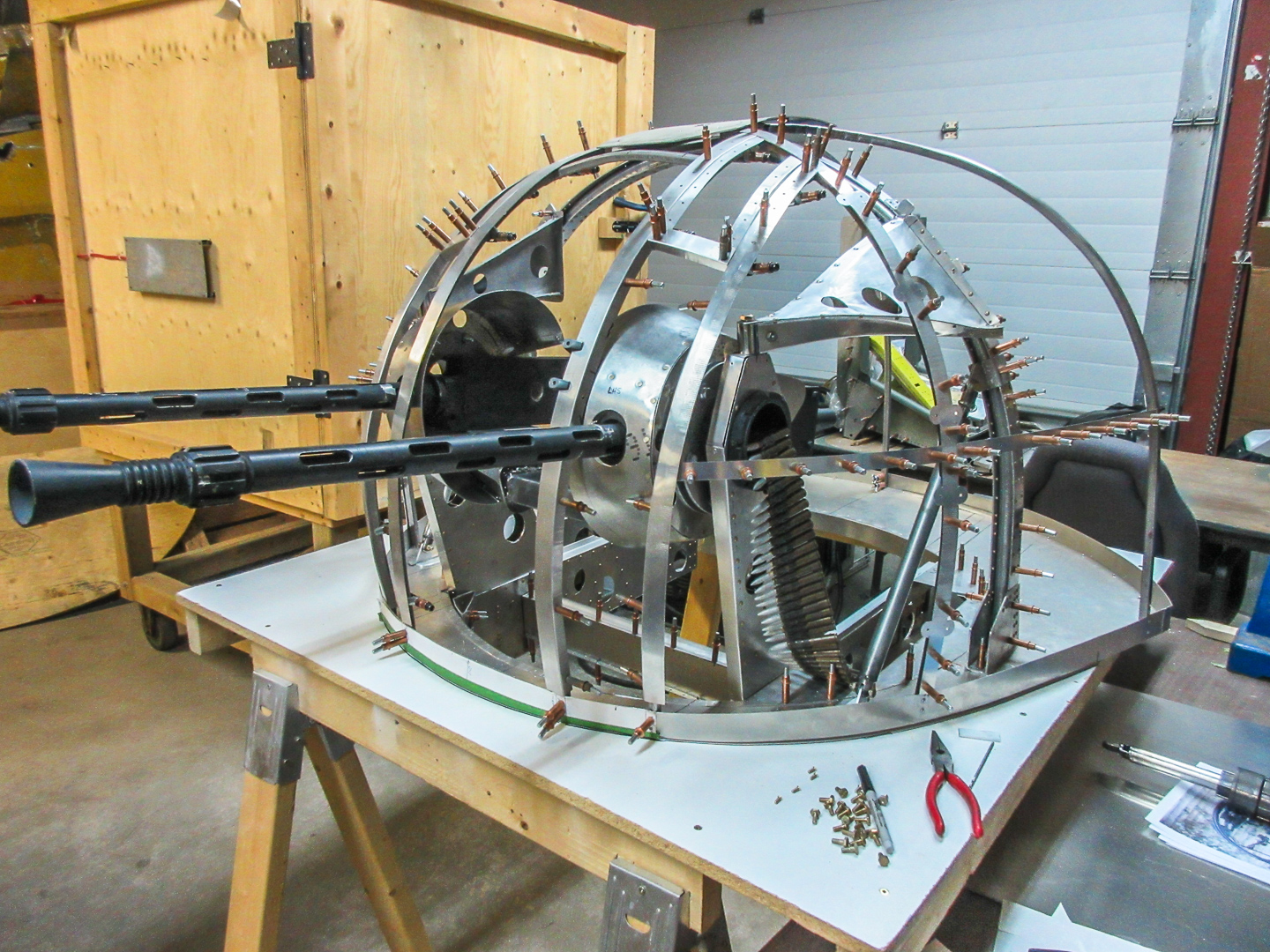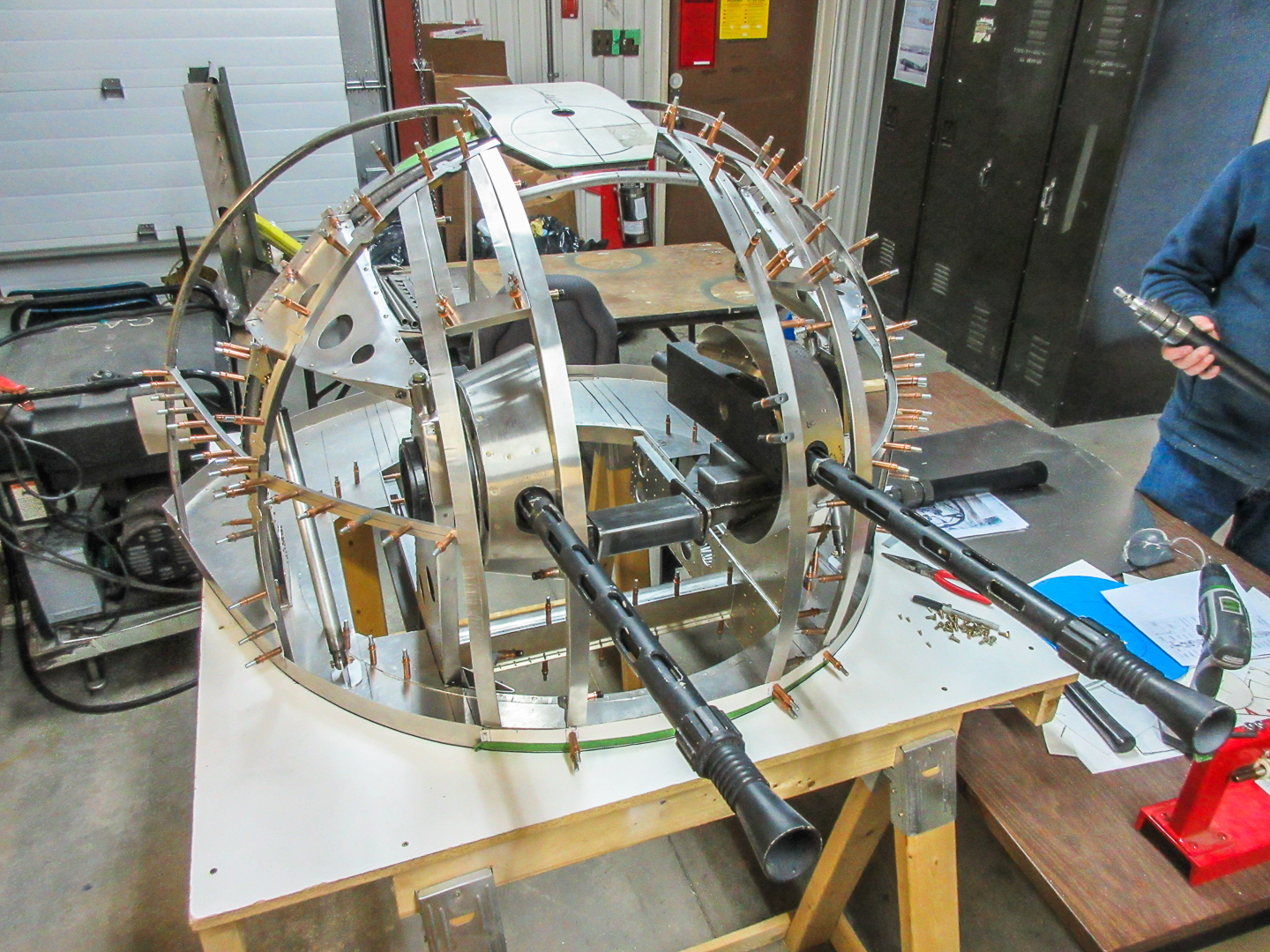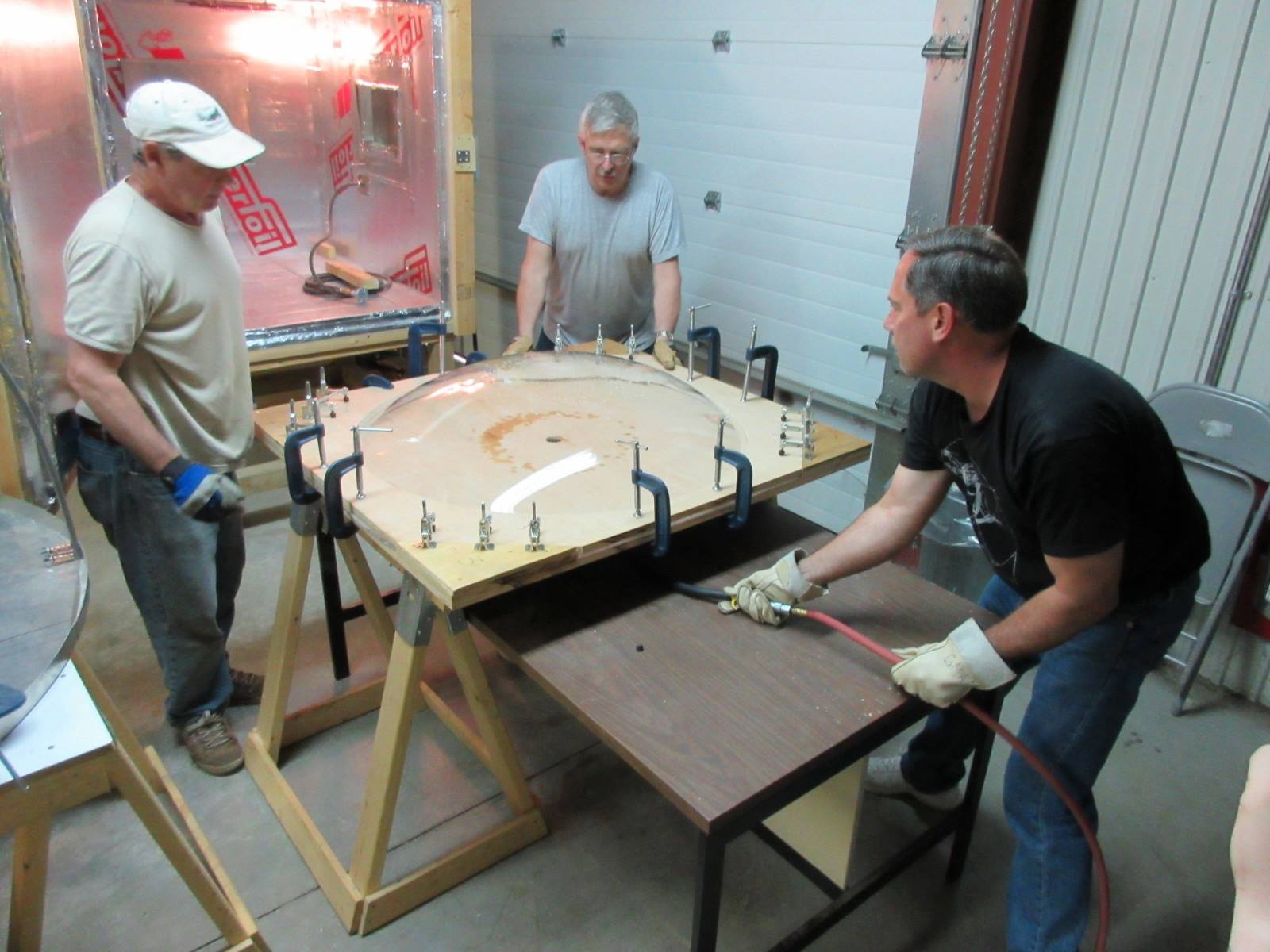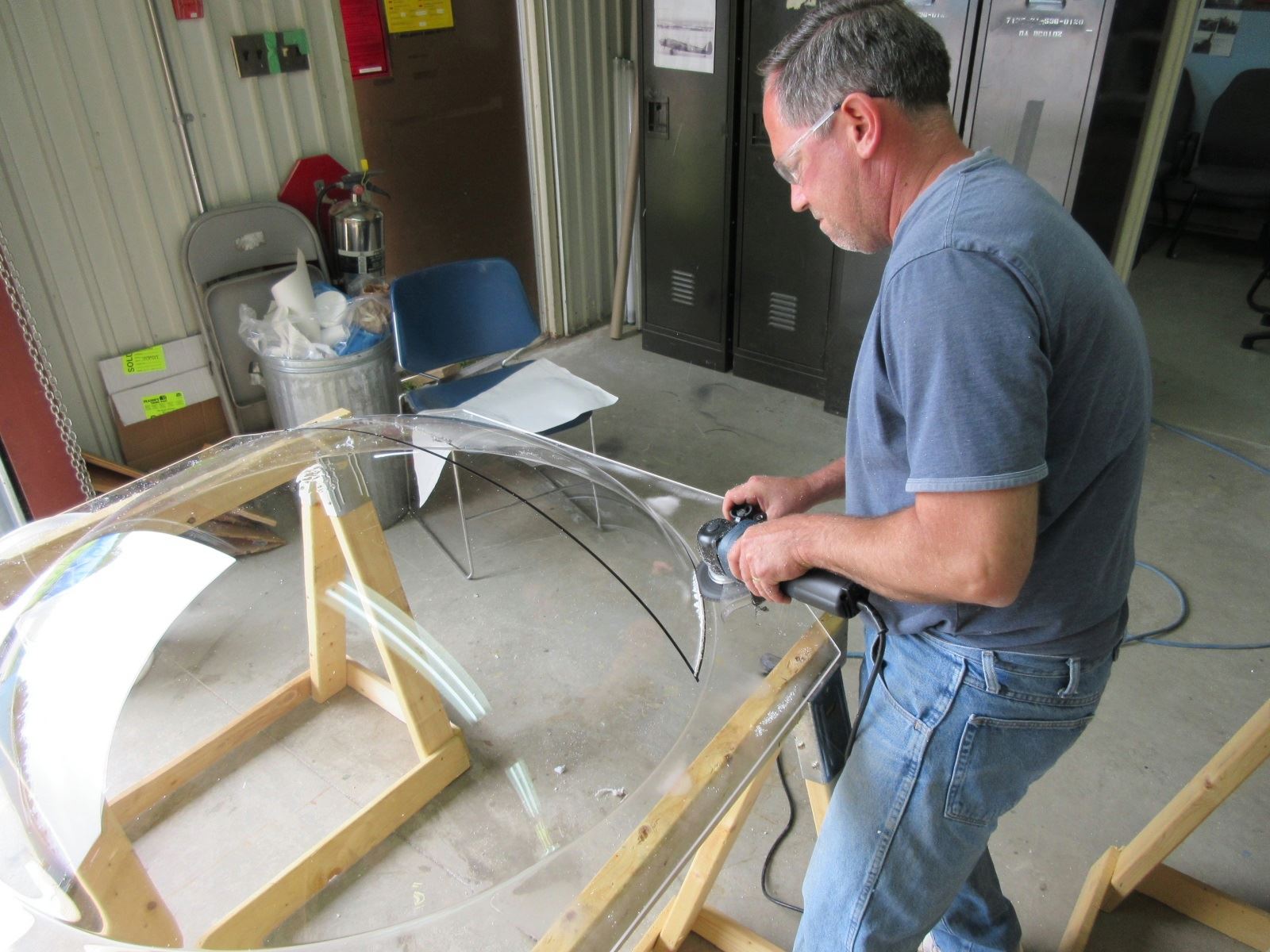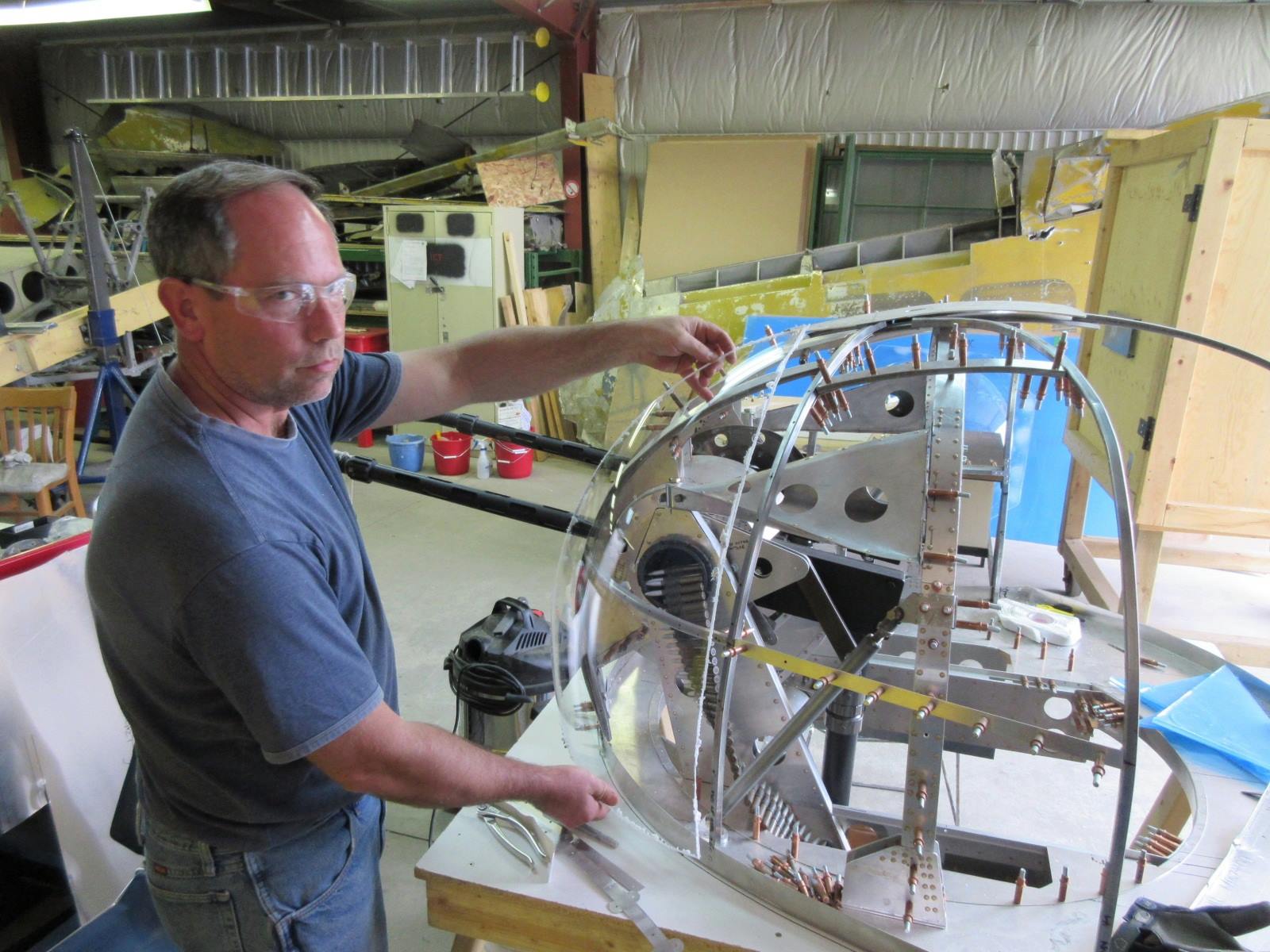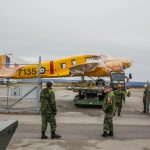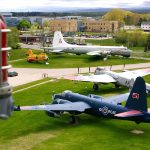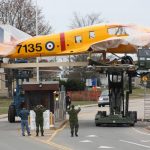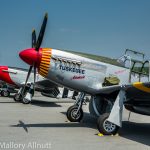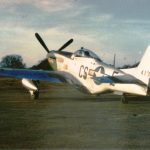
WarbirdsNews has been reporting on the activities at the Greenwood Military Aviation Museum (GMAM) in Greenwood, Nova Scotia over the last six months or so. The marvelous museum, co-located at Canadian Forces Base Greenwood, does a great deal on a very small budget to commemorate the maritime activities of the Royal Canadian Air Force. As such, many of the aircraft in their substantive, well-tended collection represent examples from squadrons stationed at Greenwood. One such aircraft is their rare Avro Lancaster B.X, serial KB839, which served in 431 and 419 Squadrons (RCAF) during WWII, flying at least 19 bombing missions with 419 Squadron between December, 1944 and April, 1945. She flew back to Canada on June 5th, 1945 in preparation for joining Tiger Force, the RAF’s proposed, but never employed, heavy bomber force for the campaign against mainland Japan. The war ended before Tiger Force became operational. After the war, Avro Canada convert KB839 into an Mk.10AR Arctic Reconnaissance variant. She served in that reconnaissance role for the remainder of her career, retiring in 1961. Her last flight was into Greenwood in 1964 where she was supposed to go on display mounted atop a pedestal, but that never happened. She joined the nascent base museum and remained on outdoor display in 419’s colors for many decades. More recently volunteers at Greenwood Military Aviation Museum having been working on the venerable bomber, and we have just received a report from Malcolm Uhlman on the latest milestones accomplished. We will let him tell the story from here…
The mandate for the Greenwood Military Aviation Museum is to record and display the history of Greenwood air base from its conception during WWII until the present day. Our Lancaster was the first display aircraft obtained by the Wing in 1964. Reconfigured from an active bomber into a photographing and mapping aircraft, the nose had a 31″ addition for the installation of multiple cameras. As there were no WWII aircraft on display at the Museum – and all Greenwood’s squadrons formed overseas in WWII – the decision was made to reconfigure the aircraft back to a wartime configuration to commemorate the contributions of locally-based 405 Squadron. 405 Squadron has been resident at Greenwood since shortly after WWII, and currently flies the Lockheed CP-140 Aurora (a Canadian variant of the P-3 Orion).
Part of the work has involved returning KB839’s nose back to its B.X standard; removing the 31″ plug, and installing a replica gun turret where the AR.10’s nose fairing once was. The Lancaster’s nose has been in the museum’s workshop for a lengthy period of modifications, but the Greenwood Military Aviation Museum’s volunteers have just re-installed it back on the aircraft! She is regaining the majestic dignity due such a venerable aircraft.
The correct replica nose turret is nearing completion also and will be installed before too long. Repainting the fuselage continues which, of course, is very weather dependent. The paint scheme will be the standard RAF Bomber Command camouflage pattern from the latter stages of WWII. New markings and nose art for an aircraft flown by 405 Squadron will make the transformation complete. Yes… she’s going to be painted as a 405 Squadron “Pathfinder” bird, LQ-G, named “Gutless Gert”, a 60-mission aircraft lost during an nighttime bombing raid on 17/18th November, 1943. The museum plans to install a dorsal turret as well, and a tail wheel, obtained from the Bomber Command Museum in Nanton, Alberta, will replace the current unit.
The following is a series of recent images taken by Malcolm Uhlman of the nose turret during its recreation. As can be seen, Dave Saulnier, the man behind the project has been doing a magnificent job. WarbirdsNews will be following this project with interest, and wishes to thank Uhlman for giving us the latest update!









